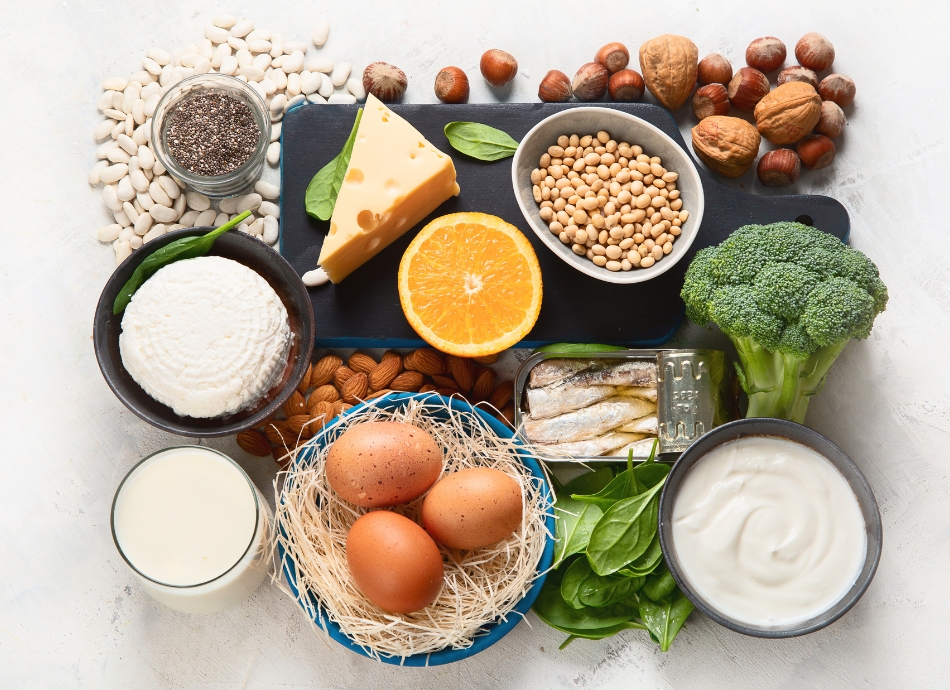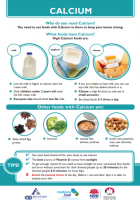Calcium is a mineral. It's vital for developing and maintaining healthy bones and teeth throughout your life.
A small amount of calcium is absorbed into your blood and is important for muscle and nerve activity in your body, including for your heartbeat.
Eating a diet rich in foods containing calcium is the best way to get enough.

Image credit: Canva
Calcium is stored in your bones
Your skeleton contains 99% of your body’s calcium. Calcium is deposited in your bones until your mid-20s.
- Your bone mass increases about 7-fold from birth to puberty and a further 3-fold during adolescence.
- It then remains stable until about 50 of age in men or until women reach menopause.
- Bones act as a calcium bank. If there's not enough calcium in your diet, your body will take what's needed from your bones for use in other parts of your body.
Calcium deficiency
Calcium deficiency in children will stunt their growth and result in poor quality teeth and bones and an increased risk of fractures. Adults will experience aches and pains, lose height and develop brittle bones (osteoporosis).(external link)









